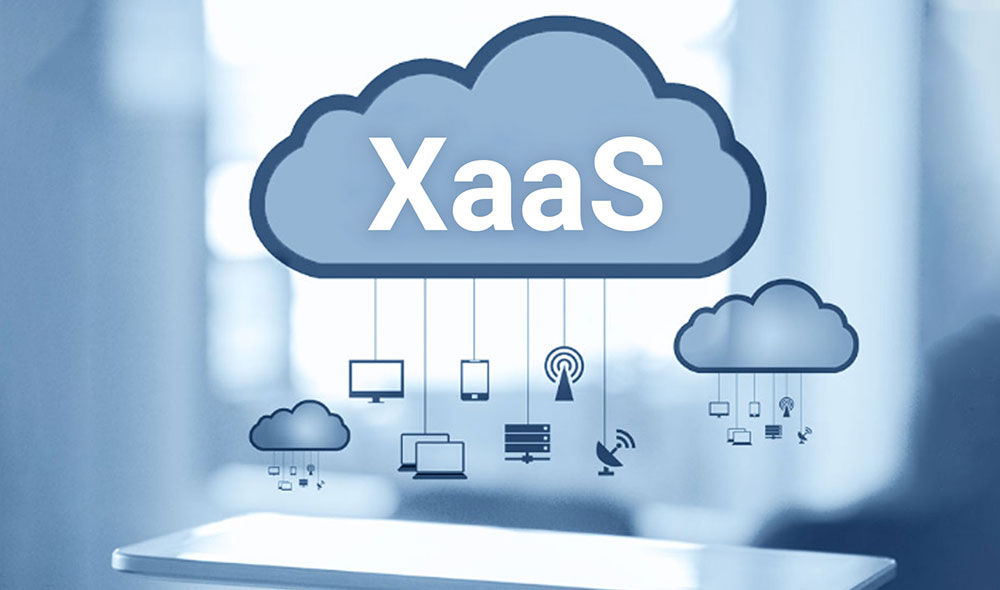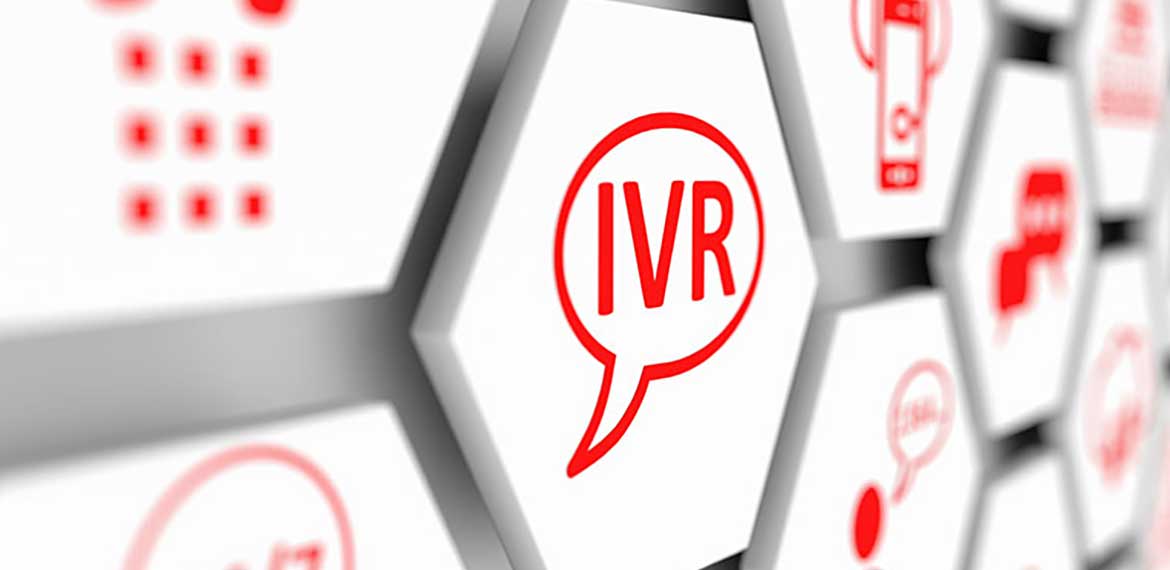It’s hard enough running a small-medium business before you even begin to contemplate credit card fraud and illegitimate refunds.
Sadly, chargeback fraud is not just prevalent nowadays, but it is also increasingly common, therefore we wanted to dive into the subject and share some advice on how to avoid chargeback fraud.
What Is A Chargeback?
A chargeback is when a customer has successfully claimed a return of funds from a purchase which they have disputed.
The transaction reversal works by the bank withdrawing the funds that were placed into the sellers bank account.
If the recipient can successfully dispute the charge as invalid then a bank will apply the chargeback.
This may occur if an item was not delivered or arrived damaged. This can also prove useful for customers if the merchant has ceased trading.
Also, if the seller isn’t responsive to messages from a customer, such as if the items didn’t arrive, then they can take the next step by completing a chargeback claim to the card provider.
What Is The Chargeback Process?
The first step involves the cardholder filing a chargeback to the issuer bank the card matches. There are template letters online, while often this can be done with online banking nowadays.
Following this, the issuer bank reaches out to the acquire bank to file a chargeback request. The acquirer bank will then reach out to the merchant, detailing the request and it will then fall on the merchant to either accept the chargeback or battle it.
This is where the process splits, if the merchant simply accepts the claim, then they lose the chargeback, plus a fee, while the money is credited back into the customers bank account.
However, if the claim is deemed to be invalid by the seller, they can contest it and will then have to provide sufficient evidence to the bank.
The evidence could involve a photo of the buy receiving the item, or evidence of a signature, depending on the nature of the claim.
The acquirer bank will forward this evidence on to the issuing bank, who will then review it to see whose claim is to be believed.
If the cardholder is believed, then the chargeback will go ahead, whereas if they believe the seller then it will be passed on to pre-arbitration, where the buyer and seller can have another chance at resolving the situation. Normally, new evidence would be required for a verdict to be changed.
What Is Chargeback Fraud?
Let’s say you sell a product to a customer, the fraudster then contacts their bank to dispute the purchase and requests a chargeback, despite the product arriving successfully.
These fraudulent claims are relatively new, since the launch of online retailing, while they are becoming increasingly present with the growth of e-commerce.
When May Chargeback Fraud Occur?
You may find that your business is hit with fraudulent activities if any of the below occurs:
- A supposed customer claims that they haven’t received an order, despite it arriving
- They claim to the bank that they hadn’t authorised this payment
- If it’s a subscription payment or a recurring payment, they may claim that they cancelled but their request wasn’t met
- If the item didn’t meet the acceptable terms of the Trade Description Act 1968/2011, then they can claim against this, despite the product meeting the attributed description
- If they claim they returned the product to the seller but the return was never processed
How Much Does A Chargeback Cost?
This is the reason why many online businesses are struggling. Because not just do they lose out on the revenue from the sale, they also lose the item that they were selling, plus there are added fees.
On top of this, if your business is repeatedly called out for chargebacks, you may receive added penalties.
Over time, you may be considered ‘high risk’, which can make it even harder for your business to run, however we can certainly help with high risk merchant accounts and high risk business accounts.
In the UK, a chargeback fee is often around £10-£20 per claim, while in the USA it is somewhere around $20-$50.
If your chargeback ratio increases too much, with many having a threshold around 0.6%-0.7%, you might be placed on a monitoring programme and the monthly fees will then go up until the ratio drops back further.
So all in all, you’ve lost on the sale, the inventory, extra charges and general operational costs to handle the process.
How To Prevent Chargebacks As A Merchant?
It can be incredibly hard to decipher between genuine customers who have had a bad experience, such as a product not arriving or being damaged, and the dishonest claimants who are trying to save some money.
Many business owners will weigh up the pros and cons of claiming against a chargeback and will leave it, but it is important to battle any disputes you may have, to deter these fraudsters from continuing this act.
Many brand representatives have spoken about repeat abusers, where someone will make multiple claims, knowing they got away with it the first time.
So how do you protect your business against chargeback fraud? Well some of the steps below can help:
- 3D Secure – This added step means the customer has to take an added step as they’re redirected to their bank’s website to authenticate the payment. A code might be sent to their phone or they might have to enter a password. This form of 2-factor verification is becoming commonplace and customer expect it, so you don’t have to worry about frustrating people at the final step of the purchasing process. You can also set certain rules or filters based on what products will require 3D secure, while there are solutions in place that can target high risk transactions.
- Thorough Checking – It might sound like a long and arduous process, but you should be checking over your orders and look for orders that ring alarm bells, as they don’t appear like a usual customer. It could be a large number of items being ordered at once, or orders being made in quick succession. Another thing you could look out for could be orders with different card numbers but the same address. You can reach out to the cardholder to verify a few details about their order and it is completely up to you if you complete their order or simply offer them a refund instantly before sending anything out.
- Make sure to get a transaction receipt via the payment gateway. These will include the Address Verification Service (AVS) and Card Verification Value (CVV), to ensure the address and card details matches that of the card holder. It might be off-putting for the customer to put in more details, but you want as much security at the checkout as possible. Partnering up with a payment provider will allow you to integrate AVS and CVV onto your e-commerce website.
- Product Descriptions – it is completely possible that your product descriptions simply don’t match up to what is provided. It could be that the size dimensions aren’t stated clearly on the page, that the colours aren’t clear from the photo used or that the description might be a little far-fetched to increase interest in the product. Don’t oversell the product, they’re on the page because they’re already interested, you just need to provide the facts.
- Contact Details – Make it as easy as possible for customers to reach out to you, whether that’s a phone number being provided, having an email address that is checked regularly, or if you have the resources, you could have an instant chat available (but make sure someone can respond efficiently otherwise they’re not worth it and may cause more frustration for the customer). Ideally, you will be able to resolve the customers issue before it gets elevated to a chargeback request.
- Confirmation Email – Once someone has successfully made a purchase on your website, you should have an automatic email that goes out to them detailing the product they have ordered, the amount they have spent and when they should receive it. If they’re committing fraud, they might claim they forgot they made an order or it wasn’t authorised, whereas this helps to prove that wasn’t the case. If they’re a legitimate customer, this can help as a reminder of all the details around the purchase.
- Signature/Photo On Delivery – Once the product has arrived, you should get a signature from the customer, while you should also get a photo of the product just inside the house with the door open, to show that they 100% received it. This proof of delivery is arguably the best tool you can use to demonstrate the product was received at the correct address.
- Open Banking – Open banking helps you to move or manage your money, using 3rd party access to financial data with API’s, so you can see consumer banking information. This form of secure account information sharing can help to prevent fraud, while there also isn’t a chargeback mechanism in place.
- Research Chargeback Codes – You might think ‘I’ve already done this’, but did you know the codes can change each year? It’s important to stay on top of the codes, so you know the reason the claim is made and how you can successfully dispute it. On top of this, if a consistent chargeback code keeps applying, then it could hint to an issue which you might be able to tackle to prevent future claims.
Different Types Of Chargebacks
It’s important to understand the fine lines between the different forms of chargeback that might occur.
Merchant Error
Let’s face it, not every claim is illegitimate, many will involve an error either being made by the merchant, such as a poor product description or sending out the wrong product, or it could be the delivery service, where they delivered to the wrong address or left it outside and it went missing.
Criminal Fraud
This could occur if someone’s credit or debit card has been stolen, or the details for their card has been stolen and they’re making orders without the cardholder’s permission.
A claim would then be put in by the legitimate customer once they have seen payments leave their bank account for something they haven’t ordered.
This is why it is important to look for ‘red flags’ with the customers information, such as the delivery address not matching the usual address or the bank account address, or the orders being an exceptionally high number of items.
Friendly Fraud
This is known as friendly fraud as it is purchased by a real customer rather than a scammer, however they dispute the charge with the bank. They will often use believable excuses such as the product not arriving or whether they didn’t approve the purchase, making it hard for banks to deny.
The majority of chargeback fraud is ‘friendly’, even though there isn’t anything friendly about this practice. It’s simply used as the person is an authorised cardholder rather than someone pretending to be one.
A growing area is ‘family fraud’, especially with children making orders on their mobile phones using a parent’s credit card details. They will dispute that they never authorised the payment and make a claim for their money back.
It is important to understand as well that not all friendly fraud claims are people trying to run a scam, it could be that they simply don’t remember or recognise the payment that went out from their bank.
This is why it is sometimes known as ‘accidental fraud’. This is why it is important to have you contact details available and to have strong customer service skills, in order to handle the complaint sufficiently before they raise it to a bank.
Credit article: Modern World Business Solutions















